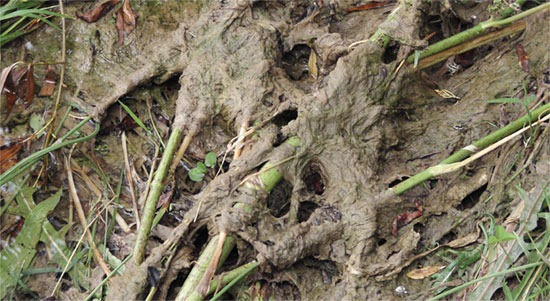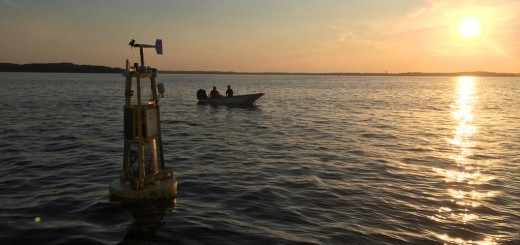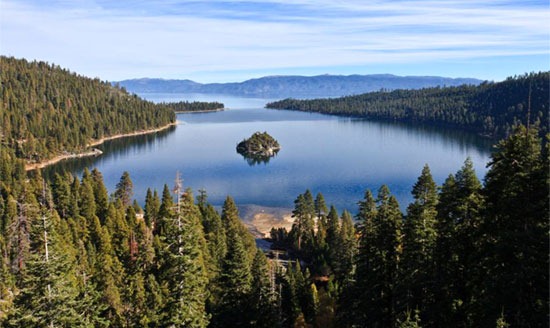Lake Mendota Invasive Species Impacts
0The spiny water flea is a troubling invasive species in the Great Lakes region. In Wisconsin’s Lake Mendota, the tiny creature has been linked with a reduction in water clarity, something that those living nearby hold dear.
It made its move into the lake in 2009 and, in just seven years, has diminished the lake’s clarity by at least 1 meter. Scientists from the University of Wisconsin – Madison made that determination in a study looking to quantify the impacts, in both ecological and economic terms, that invasive species have had on the Great Lakes.
But instead of only looking at the direct impacts of invasives on the five Great Lakes, researchers considered the effects that came from secondary invasions, marked by moves that spiny water fleas and other invasives have made after they were first introduced to the region. Their investigation meant to fill a gap between the impacts estimated from invasives in the past and the effects that they’ve actually had.

Lake Mendota. (Credit: Flickr User Richard Hurd via Creative Commons 2.0)
Lake Mendota and its spiny water flea problem is a good case study for the extremes to which the impacts of Great Lakes invasives have been underestimated. On the ecological front, the lake’s reduced clarity has come because of the water fleas’ appetite for native zooplankton that would otherwise keep algae at bay.
But to put a price tag on the effects, scientists took another route, calculating how much money that would be needed to implement phosphorus reductions to get the lake back to a level of clarity it enjoyed before the invasion. This was really the only consideration that could be made, because there is no way to remove microscopic water fleas from Lake Mendota currently.
The results of that tabulation, depending on statistical modeling, showed that a 71 percent reduction of phosphorus would be needed to return the lake’s water to pre-invasion conditions. That would cost anywhere from $80 million to $163 million.

University of Wisconsin Center for Limnology grad student Jake Walsh and UW–Madison undergrad Carly Broshat take samples of Daphnia pulicaria and spiny water flea in Lake Mendota. (Credit: Bryce Richter / University of Wisconsin)
The takeaway is to realize just how much of an impact that only one invasive species has had on one lake in the Great Lakes region. Now consider that there are 180 nuisance invasives that have entered the Great Lakes and the multiplying effect of all those becomes pretty staggering in monetary terms.
Researchers note that there are billions of dollars of effects not estimated. And adding in the impacts that the invasives have had on ecosystem services, or those that arose from secondary invasions, could balloon that figure to the trillions.
One odd dynamic to Lake Mendota’s problem, however, is that invasive zebra mussels, discovered there less than six months ago, may help to bring back some of its water clarity as they filter water to feed.
Have you seen any impacts of invasive species in the Great Lakes first hand? Have their impacts been over- or underestimated in your opinion? Please consider leaving a comment to share your thoughts!













